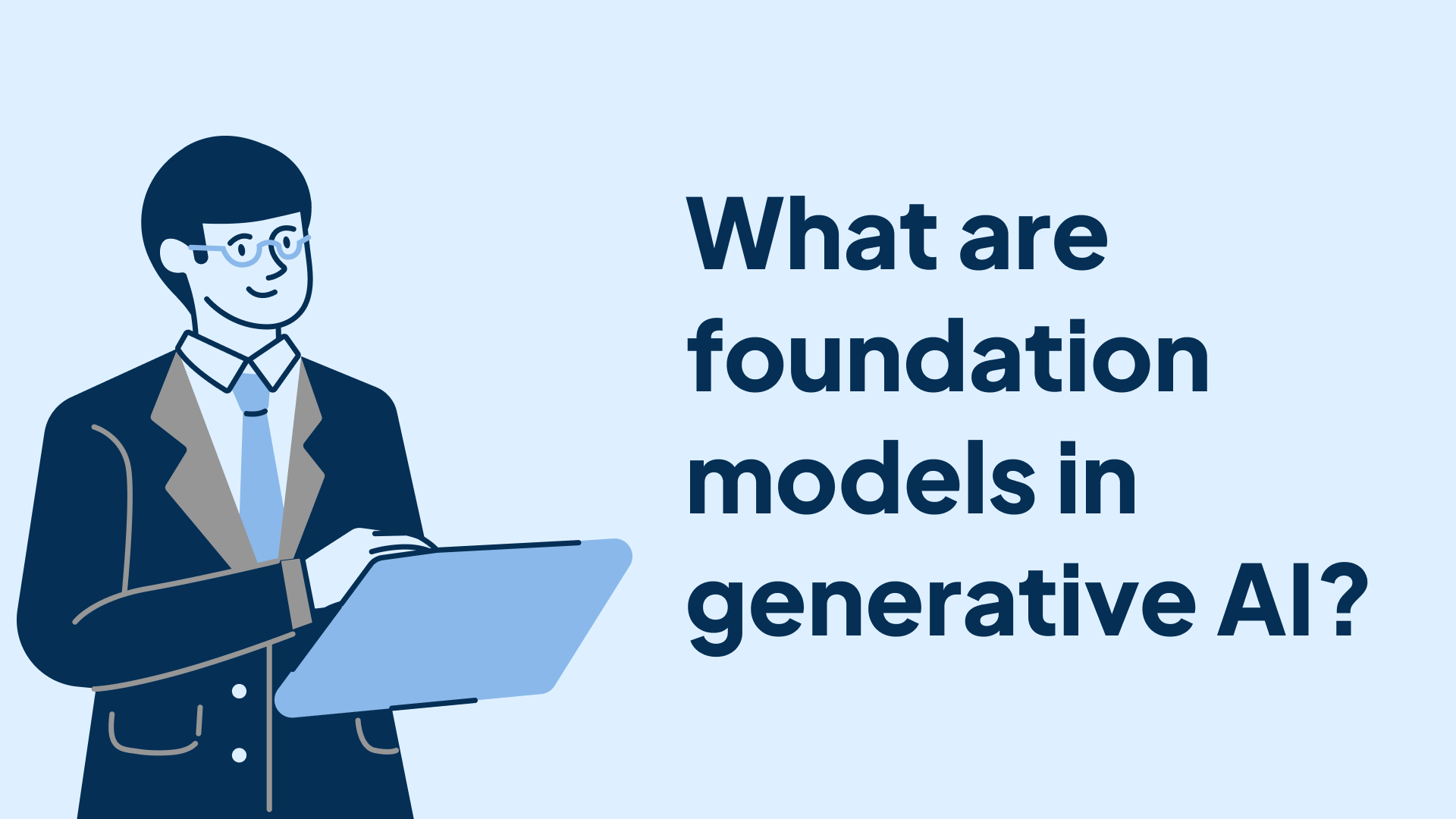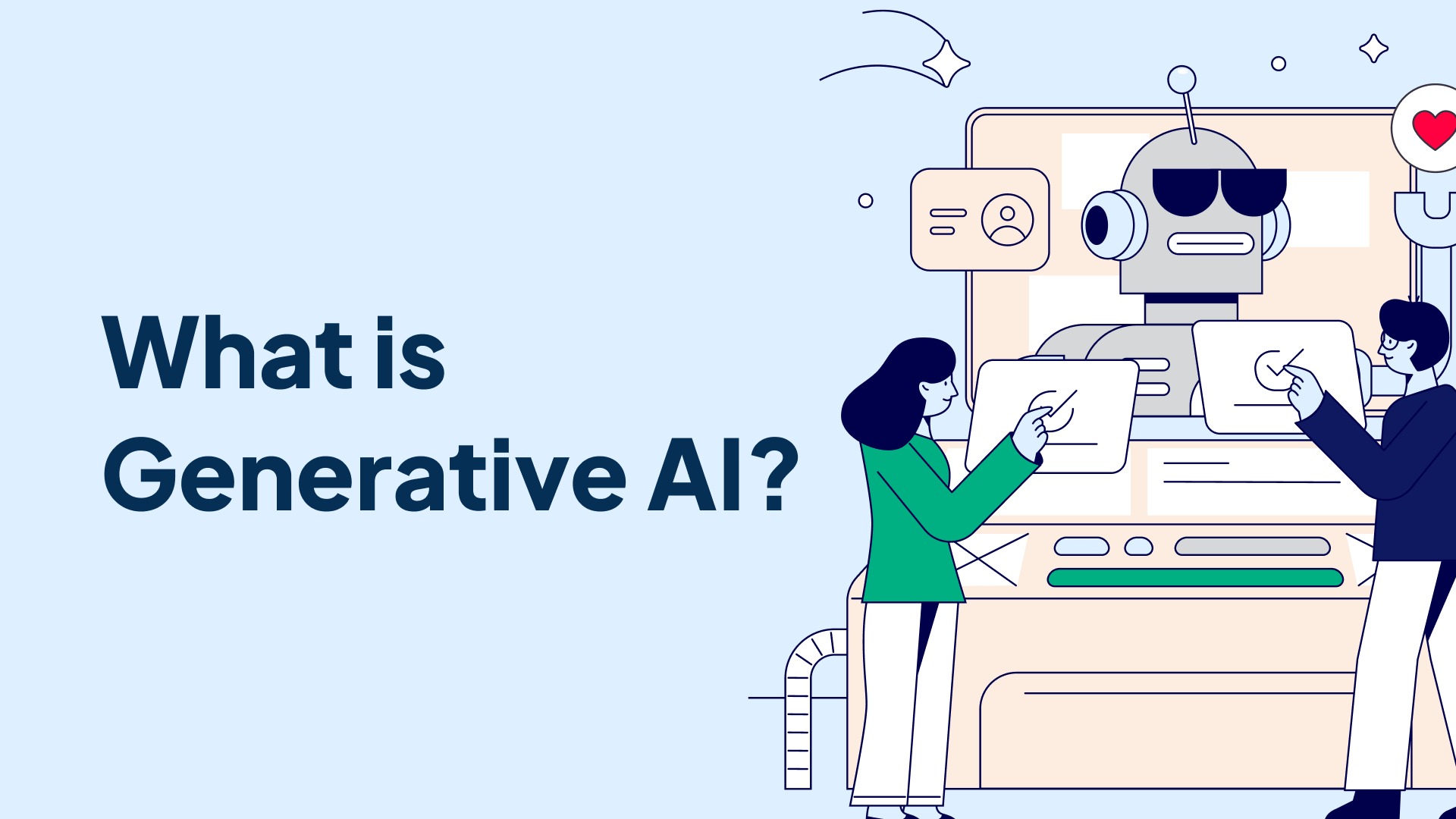“Why am I so tired after work?” is the question that is often asked by us who are making money from 9 to 5 or even more. Feeling tired after work is very common because we are simply working. However, when your workload is beyond the limit, you might feel physically or mentally exhausted. Excessive meetings are one of the reasons why you are feeling tired after work. How so?
A meeting, in general, requires active engagement and concentration. Research shows that the average adult's capacity to concentrate on an activity is only around 15 to 20 minutes. This means that after 20 minutes, we need to struggle to maintain our focus during meetings. (source). To prevent our minds from zoning out, our brains will work harder so that we can be focused on processing all the information.
Imagine if we have to do a lot of meetings in a day. Constantly shifting focus from one topic to another will make our brains work even harder. The extra energy we expend for concentrating and actively contributing during meetings can lead to physical fatigue. What’s worse is that the impacts are not only physical but also mental. So, what toll do excessive meetings have on mental stability? Let’s find out.
Impact #1: Cognitive and Mental Exhaustion
Participating in too much meetings can cause cognitive overload and emotional strain. We all know that meetings often involve discussions, debates, and decision-making, which can be emotionally taxing. Dealing with conflicts, providing input, and staying engaged can also lead to emotional fatigue.
Let’s walk down memory lane a bit. Back then in the pandemic era, virtual communication was the method used to keep us in touch among workers. Some of us did back-to-back meetings all day through digital platforms such as Zoom and Google Meet.
However, research conducted by analysts from the University of Applied Sciences Upper Austria discovered that virtual meetings can result in concerning changes in the nervous system, indicating heightened fatigue, reduced attention, and physiological strain on the brain and heart which indicate mental exhaustion.
The result also showed that the participants in a 50-minute video conference felt notably more fatigued, tired, and fed up during the virtual meeting compared to face-to-face interactions. This study highlights the importance of understanding how prolonged video conferencing can impact both mental and physical health.
Impact #2: Consequences of an Excessive Virtual Meeting
During the COVID-19 period in 2020, a virtual meeting was only held because we needed to do social distancing and work from home. However, virtual meetings have now become an efficient and flexible approach for communicating remotely with the team. While offering increased accessibility, virtual meetings have brought about its own set of consequences.
Even though remote meetings seem simple and easy to do, attending too many of them has the potential to cause a phenomenon called “Zoom fatigue”. Stanford researchers led by Professor Jeremy Bailenson disclosed that there are at least four main causes of Zoom fatigue which include excessive eye contact, continuous self-view, restricted mobility, and increased cognitive load during virtual meetings.

Impact #3: Job Satisfaction
It is an undeniable fact that some meetings are unnecessary and sometimes, just a waste of time. It is also often seen as counterproductive due to being excessive, badly scheduled, and poorly run within organizations. A large number of meetings that we have to attend can be overwhelming which later, can lead to decreased productivity and engagement. This, of course, will impact the daily KPI and job satisfaction as the effectiveness of the meeting has weakened.
Steven Rogelberg's research shows that the length and frequency of meetings have increased over the years, affecting work-life balance. Time-consuming meetings not only affect our productivity but also the well-being of our own. It is important to be responsible for our duty whether as an employee or executive, but participating in overtime meetings means that we disregard our welfare as human beings who have to take care of our both physical and mental health.
To resolve this, implementing methods to change the meeting culture can result in significant improvements in team collaboration, psychological safety, and overall performance. Therefore, a sufficient number of meetings and the use of modern technology as the supporting element can enhance job satisfaction and workers will not wonder “why am I so tired after work?” anymore!
Impact #4: Long Working Hours and Overtime
Extended working hours and the imposition of overtime, often stemming from an abundance of meetings, can significantly impact mental health. A meta-analysis from the International Journal of Environmental Research and Public Research on the effects of long working hours identified that there are at least five health conditions that can be affected by long working hours.
This study also demonstrated that the negative impacts that potentially harm the workers due to overtime and long working hours include cardiovascular diseases, hypertension, diabetes mellitus, depression, anxiety, work stress, and health behaviors.
Impact #5: Stress Leading to Serious Mental Health Problems
The relentless demands of back-to-back meetings can lead to serious mental health problems like depression. Many workers experience stress due to various factors such as heavy workloads, job demands, interpersonal conflicts, poor management practices, and excessive meetings. It is crucial to acknowledge job stress has been around workers so that negative mental health outcomes and job dissatisfaction can be prevented.
Better working conditions like an organized meeting schedule and a minimum amount of meetings per day play a role as one of the solutions to avoid burnout. Burned out meaning is a state of chronic physical and emotional exhaustion often accompanied by feelings of cynicism and detachment from work.
Burning out because of a hefty workload results in harmful physical and emotional responses due to job requirements not aligning with worker capabilities and needs as well as serious mental health issues.
In summary, too many meetings can harm both physical and mental health, leading to issues like burnout, depression, cardiovascular diseases, and anxiety. Dealing with long working hours and virtual meeting fatigue adds to the challenges, affecting job satisfaction.
To address this, individuals need to recognize signs of job stress, set realistic meeting schedules, take breaks, and prioritize self-care. Organizations can help by promoting efficient meeting practices like utilizing advanced tools that can minimize the potential to experience burnout.
Burnout can also be handled through optimized meeting schedules and open communication. Finally, policies that prioritize work-life balance, mental health support, and flexibility in meeting participation can create a healthier and more fulfilling work environment.










